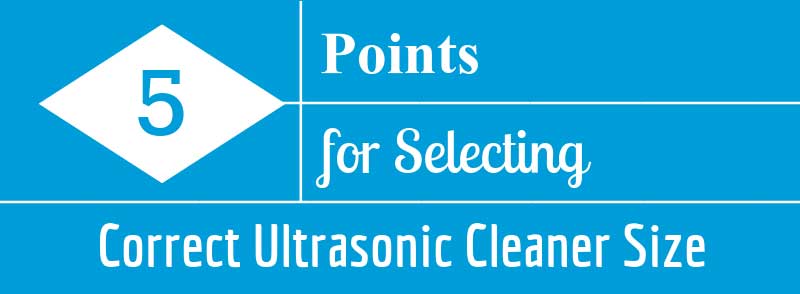Posts Tagged ‘industrial ultrasonic cleaner’
Selecting an Explosion Proof Ultrasonic Cleaner
Using Ultrasonic Cleaners to Remove 3D Printed Mold Supports
3D printing, encompassing technologies like fused deposition modeling (FDM) and fused filament fabrication (FFF), has revolutionized manufacturing by significantly reducing the cost and complexity of traditional molding techniques, such as lost wax casting. By utilizing compatible thermoplastic materials like ABS for the part and PLA for removable mold supports, 3D printing enables the rapid creation…
Selecting Ultrasonic Cleaner Size – 5 Key Points Consider
Ultrasonic parts cleaners are manufactured in a tremendous variety of sizes. By “size” we mean the dimensions and capacities of tanks in which ultrasonic parts cleaning is accomplished. For example the Elmasonic E Plus series is offered in 9 tank capacities from 0.25 to 7.5 gallons and the Select Series in 11 capacities from 0.7…
Ultrasonic Cleaner Boosts Efficiency
In my shop selecting the correct ultrasonic frequency to employ when operating the ultrasonic cleaner depends on the items being cleaned and what is being removed. Coarse cleaning to remove heavy contaminants is generally best performed at lower frequencies such as 37 kHz because it delivers stronger cavitation action.




